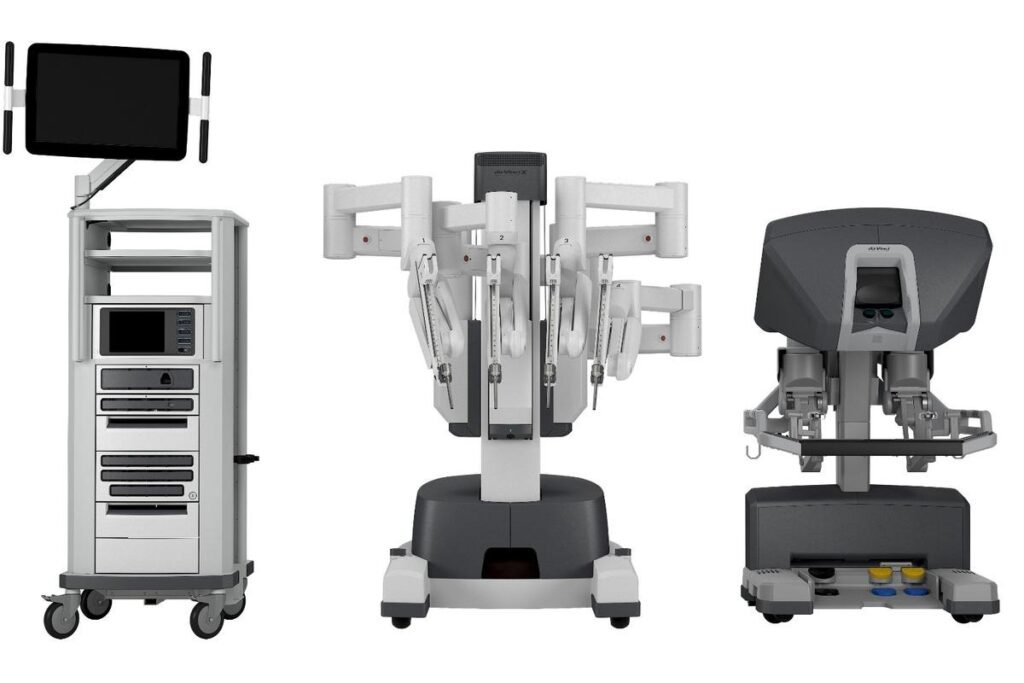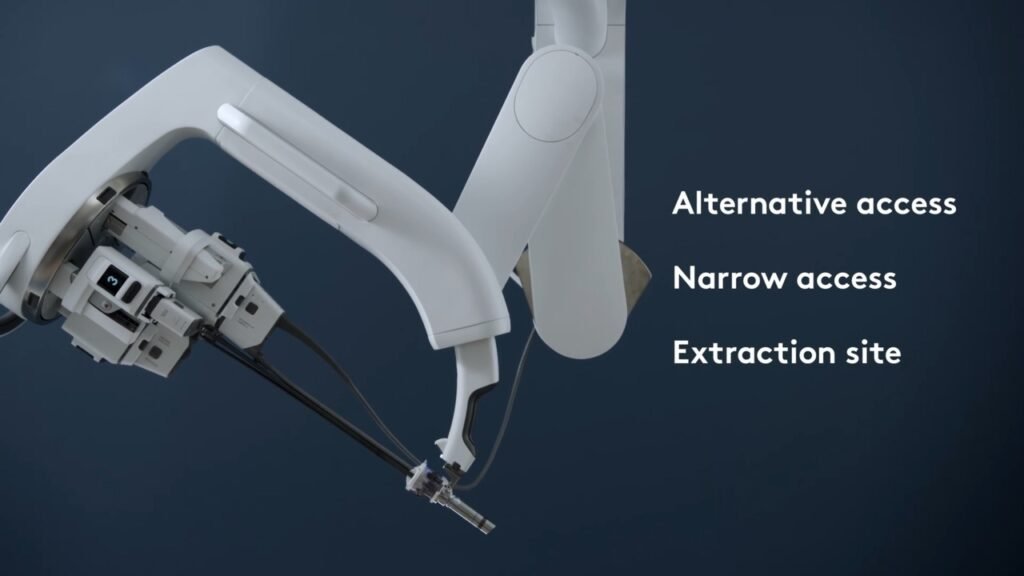An Overview of All Types of da Vinci Surgical Systems
Explore the revolutionary da Vinci Surgical Systems by Intuitive Surgical, designed to enhance minimally invasive surgeries. From the reliable Si model to the advanced SP system, each offers unique advantages for complex procedures. Learn about the high-definition 3D vision, ergonomic designs, and cost-effective solutions that make these systems invaluable in modern surgical practices. Discover how the latest single-port technology minimizes scarring and speeds up recovery times, pushing the boundaries of surgical innovation.
da Vinci Si Surgical System
The da Vinci Si Surgical System is one of the earlier models, yet it continues to be widely used due to its reliability and effectiveness. It features high-definition 3D vision and enhanced ergonomic design, allowing surgeons to perform intricate procedures with greater ease.


da Vinci Xi Surgical System
The da Vinci Xi Surgical System represents a significant leap in surgical technology. It offers an expanded range of motion, improved anatomical access, and a streamlined design for ease of use. This system is particularly suited for multi-quadrant surgeries, making it a versatile tool in the operating room.
da Vinci X Surgical System
The da Vinci X Surgical System is designed to provide a more cost-effective solution without compromising on performance. It retains many of the advanced features found in the Xi model, such as the modular design and high-definition 3D vision, making it a popular choice for healthcare facilities looking to optimize their surgical capabilities.


da Vinci SP Surgical System
The da Vinci SP (Single Port) Surgical System is the latest addition to the da Vinci family. It is designed for single-port surgery, allowing surgeons to perform complex procedures through a single, small incision. This system minimizes scarring and reduces recovery times, making it highly beneficial for patients.
Conclusion
The various types of da Vinci Surgical Systems each offer unique advantages, catering to different surgical needs and preferences. From the reliable Si model to the advanced SP system, these technologies continue to push the boundaries of minimally invasive surgery, improving outcomes for both surgeons and patients.
